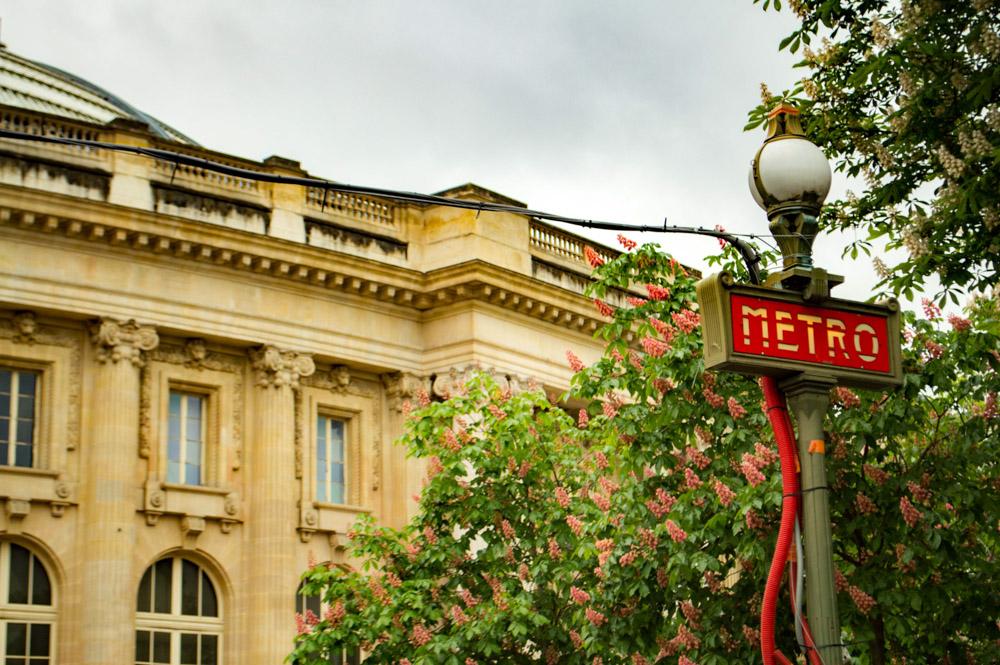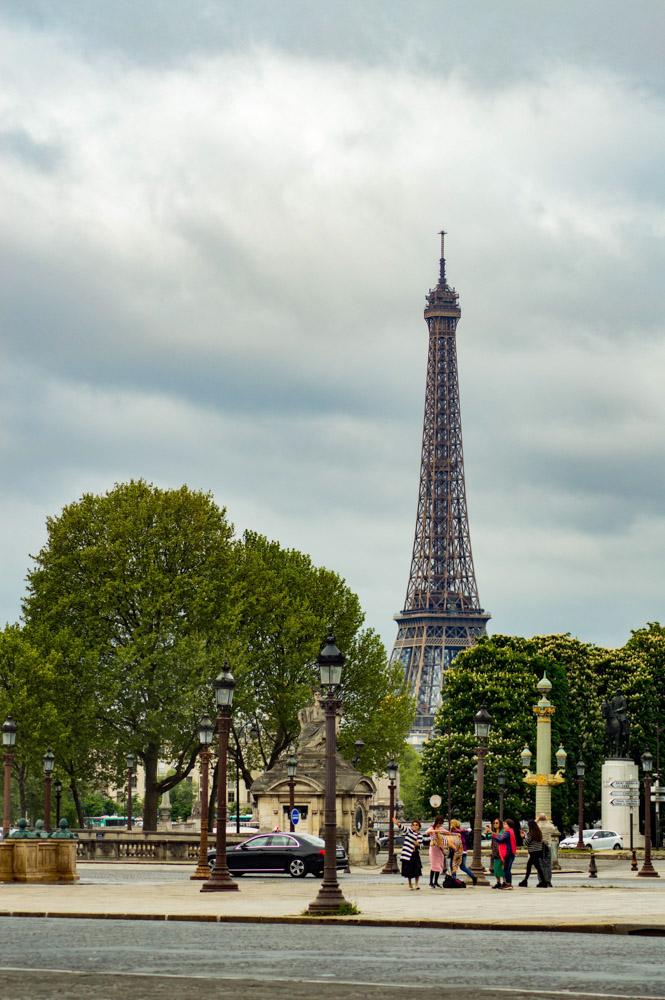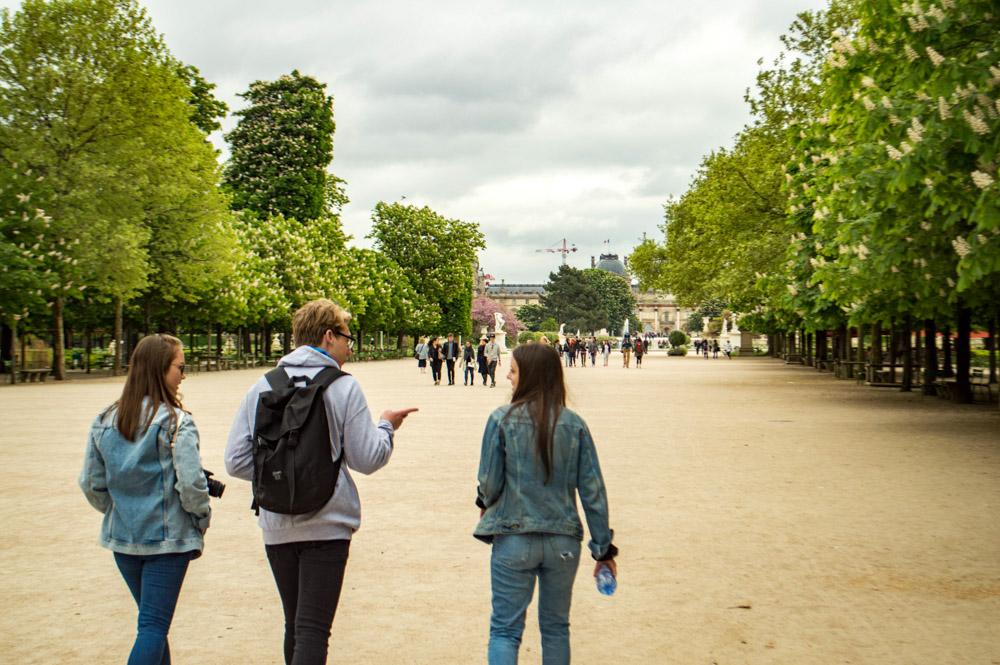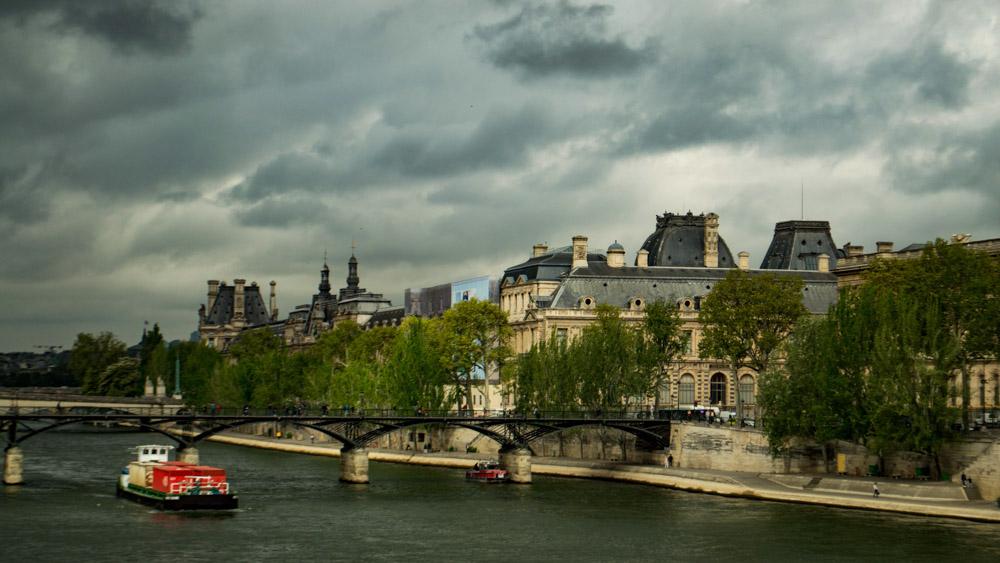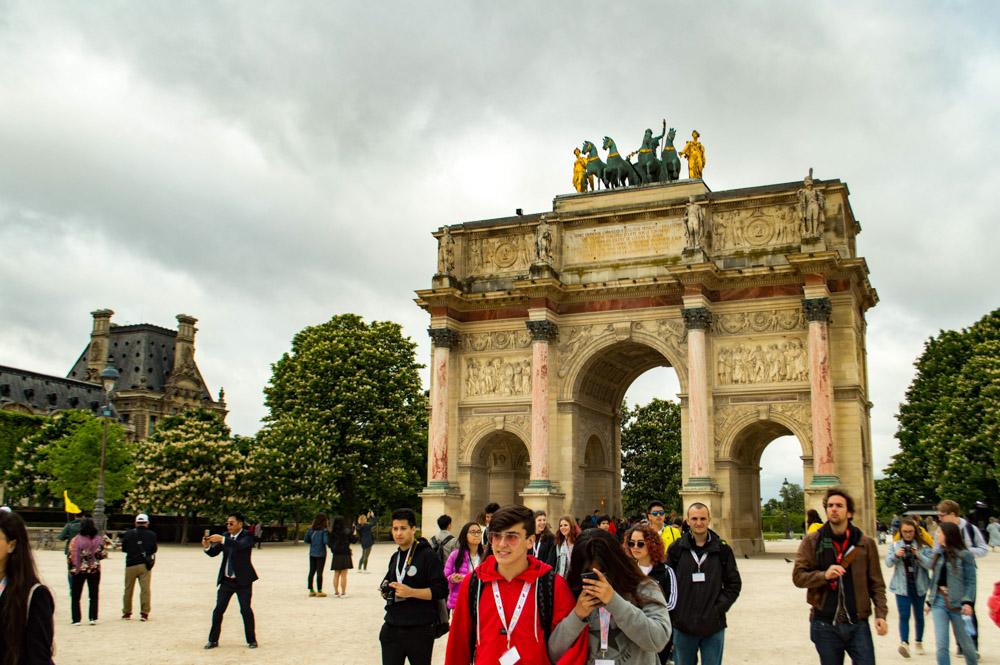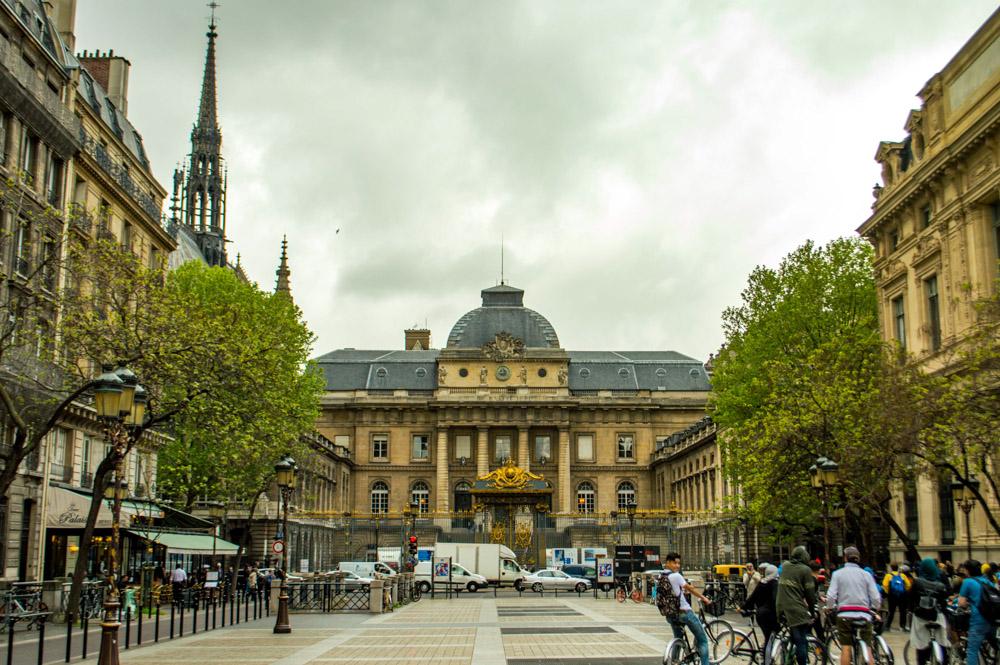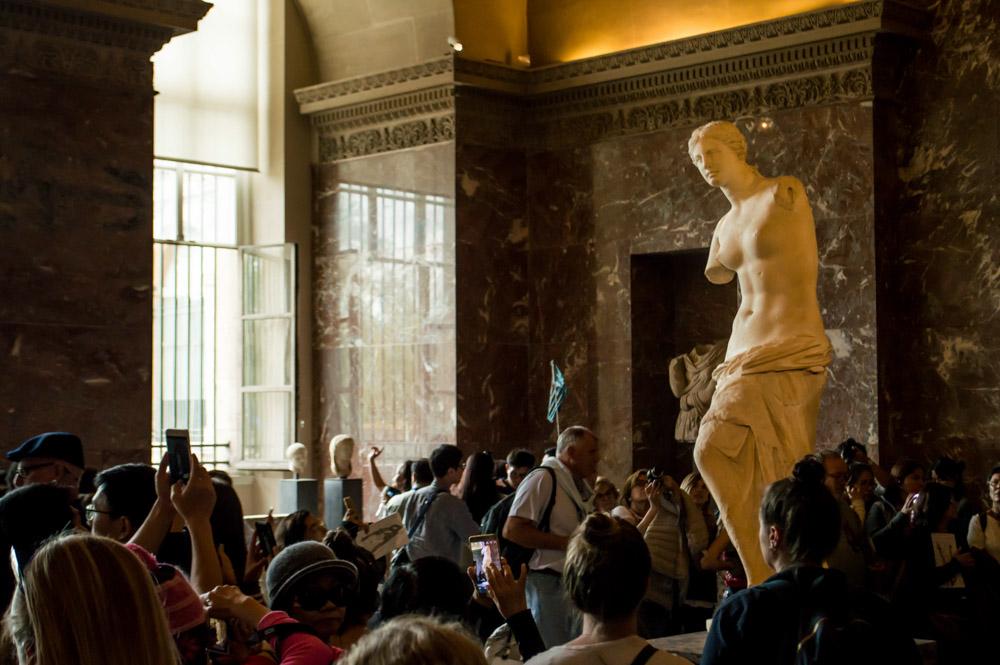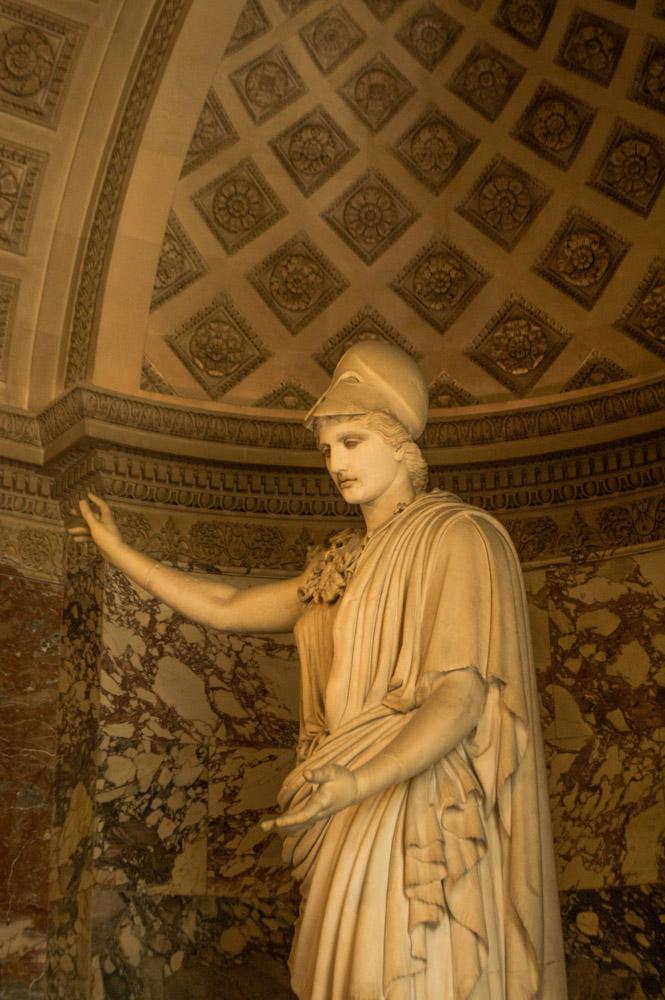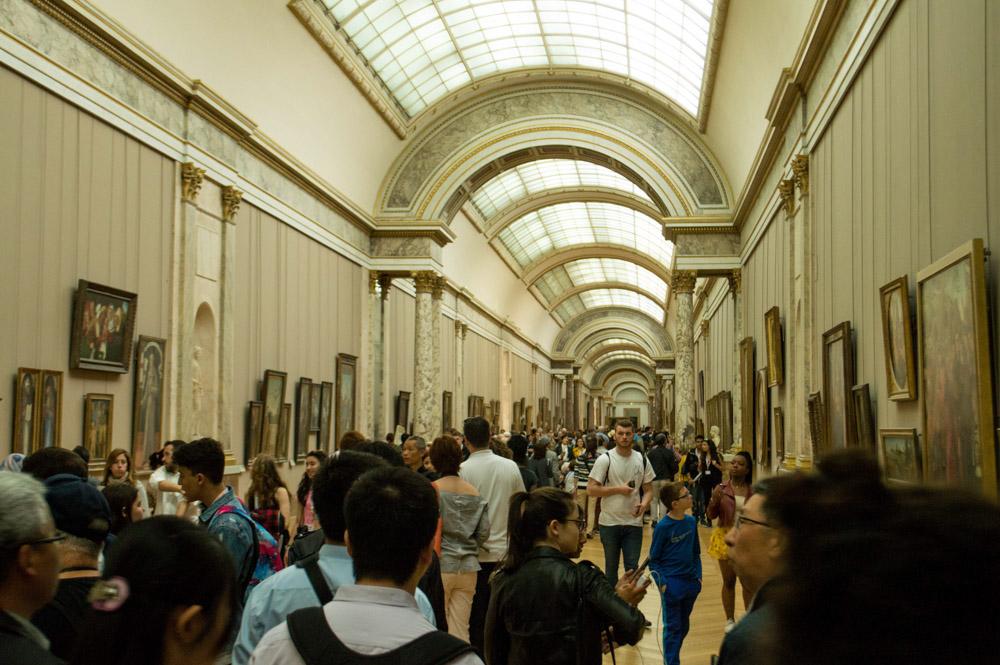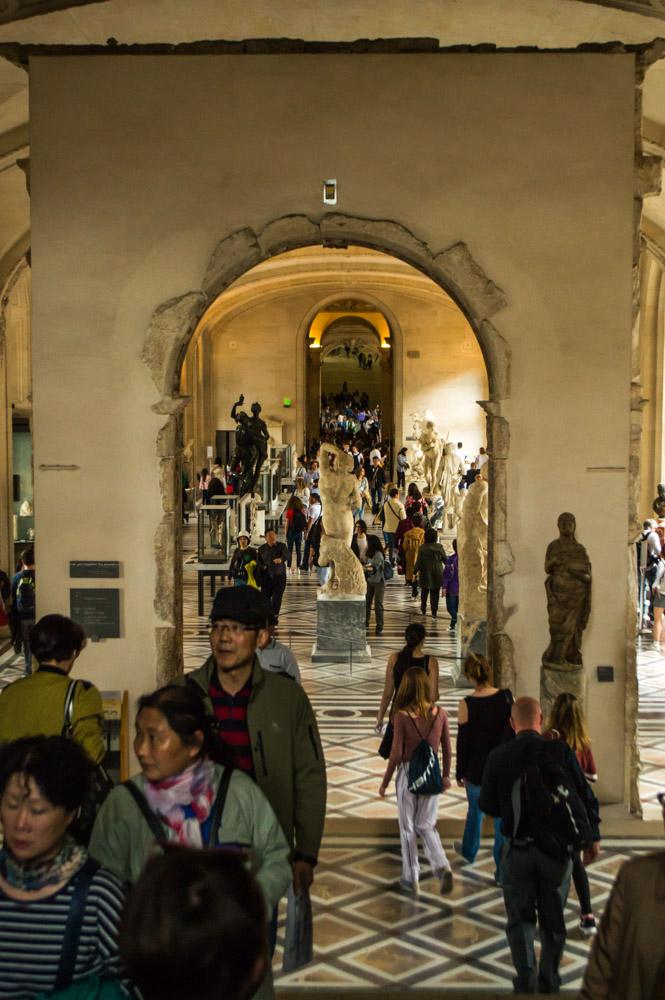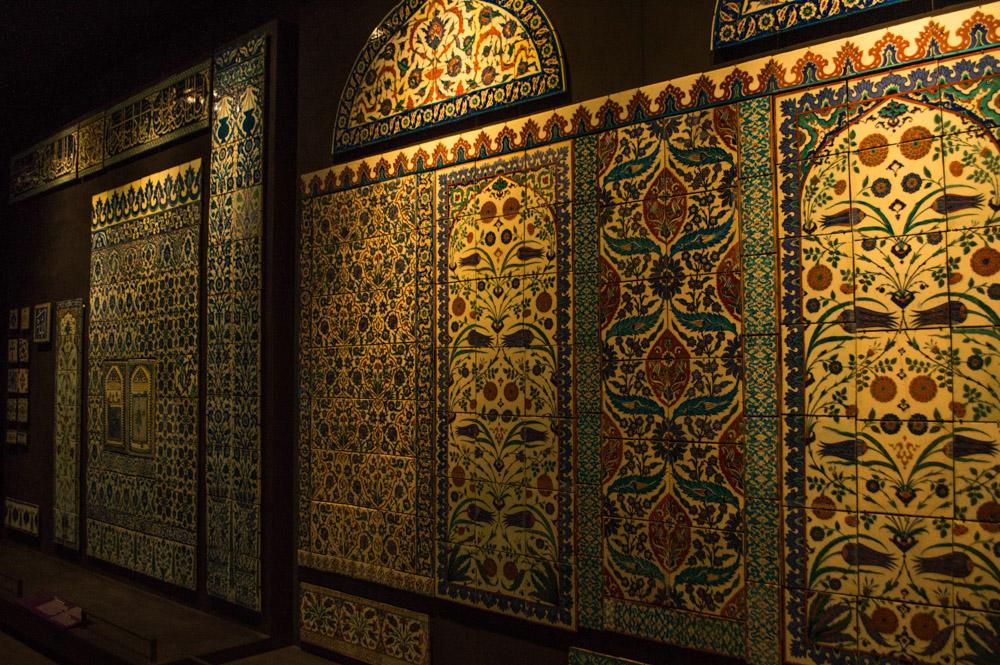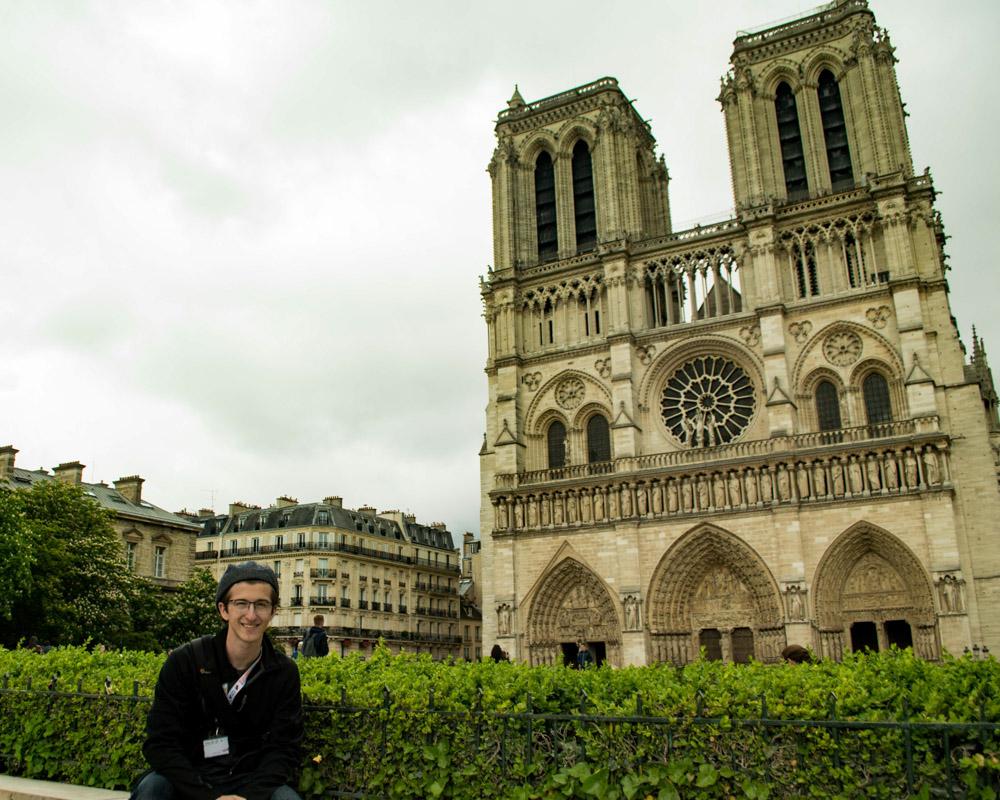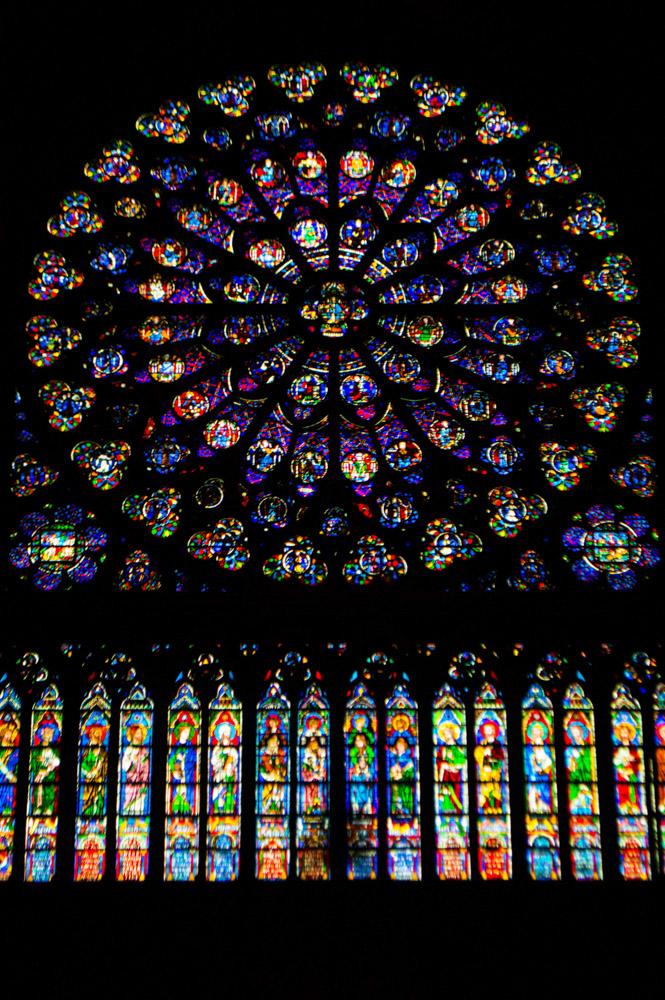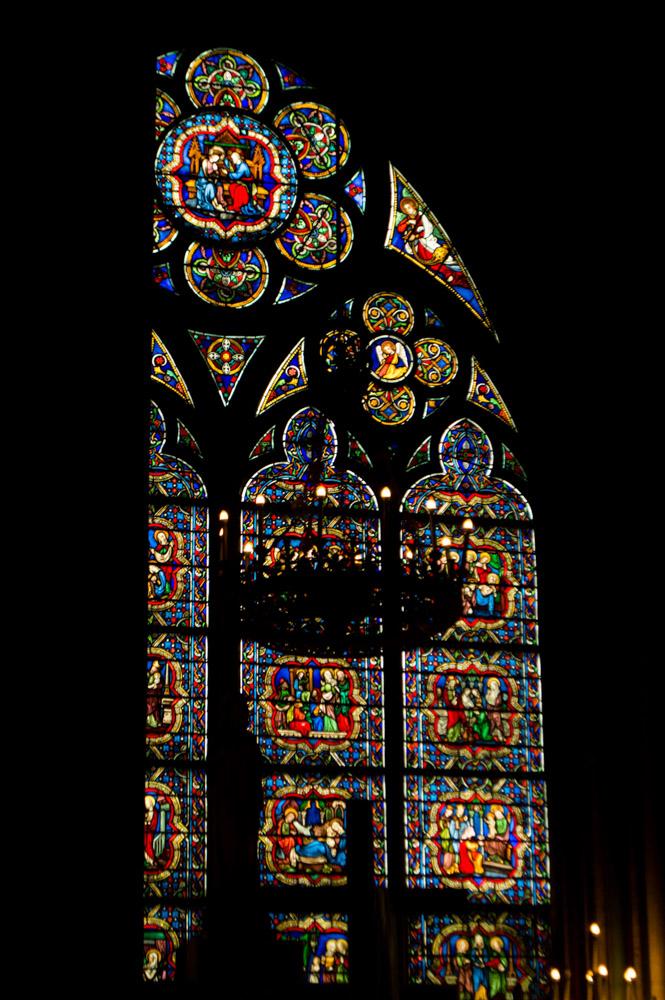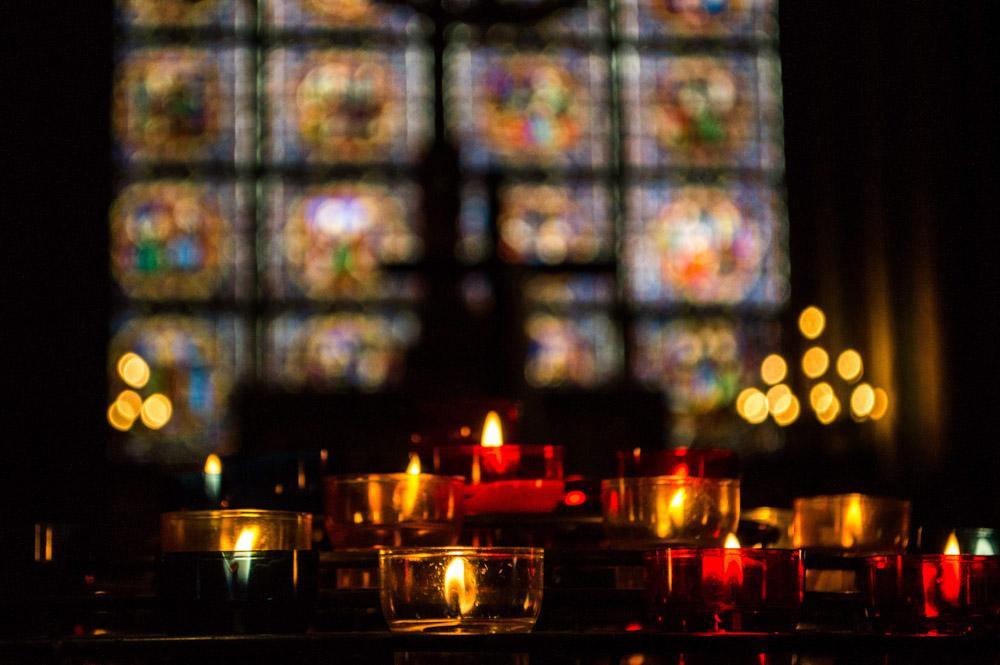After a twenty hour bus ride, we arrived in Paris just after dawn. The tour buses squeezed through the small roads of an outdated commercial district, pulling in front of a relatively attractive accommodation by the name of “Ibis Hotels”. Unloading our things, we all expected to enter into cozy lobby spread behind the windows before us. However, our Rotarians instead started up a grimy staircase to the left of the building. There, tucked into a nook on the stucture’s side, a small entrance opened before us, above which a fade sign proclaimed “Ibis BUDGET Hotels”.
Despite this less than grand introduction, our rooms were simple but clean and the facility was perfect accommodation for +70 exchange students. We dropped our luggage into the rooms and then gathered back at the entrance to continue to the historic center of Paris.
I will take this moment to issue a formal apology to Parisians. I know it isn’t pleasant to suddenly have your routine metro ride be commandeered by a herd of obnoxious, foreign teenagers. My condolences to everyone who was pressed against the walls, had backpacks in their faces or was shoved to the side by frantically disembarking students.
With he stress of funneling dozens of exchange students through a cramped subway system behind us, we emerged into the heart of the city. The monumental architecture of Paris was everywhere, unified in color and style. Almost every structure in the city matched or exceeded the elegance of America’s grandest monuments—it overwhelmed me.
We met our tour guides near the metro stop and split into two groups around each one. My group went with Bruce, a young man who was born in Leon, France but lived in North Africa for most of his childhood, since his parents worked for the International Medical Core. Our first stop was the Square of Concord, where starts the Champs-Élysées. From this vantage you can look straight down the vast road to the Arc de Triomphe.
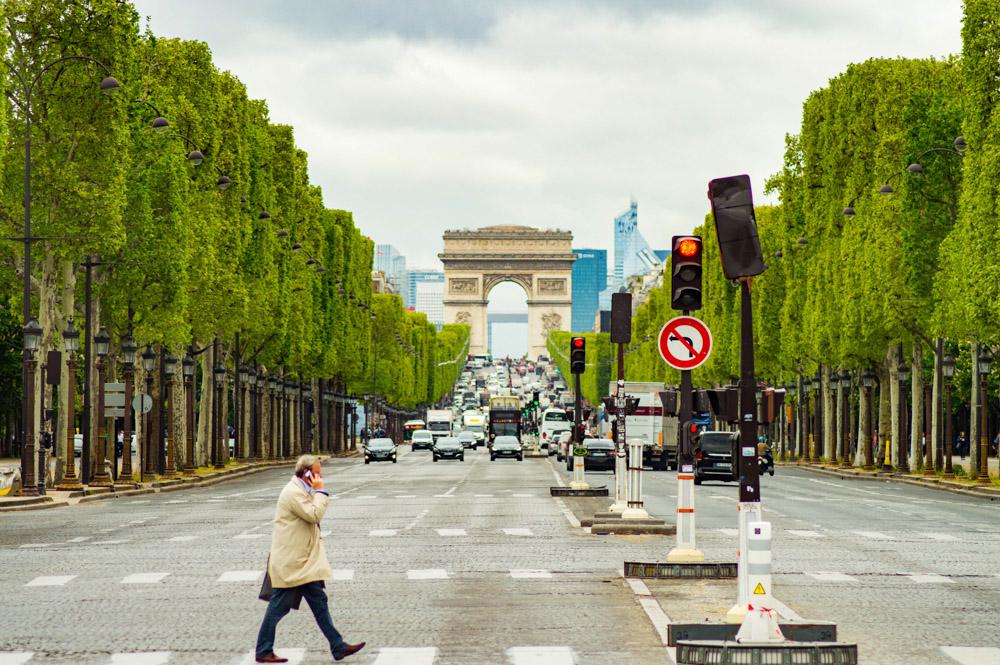
These iconic Parisian sights, today lined by Louis Vuitton, Mercedes, Gucci and all sorts of other high-end shops, originally had militaristic origins. The Champs-Élysées is reflective of French leaders’ (be they the monarchy or later Republic) attempts to repress the cities frequent insurrections. Dissatisfied civilians would throw furniture out of their windows and into the narrow, winding streets below, creating barricades from which rebels could repel the French Army. However, by building wide boulevards like the Champs-Élysées, the French government could move military forces through the city without obstruction.
Napoleon wanted to also use the Champs-Élysées to extol his victorious troops by marching them down in large processions after campaigns. He built the Arc de Triomphe du Carrousel as a symbolic gateway to pass through and end the parades under. It became evident, however, that this arch was far to small to funnel his entire army though and before its completion he ordered the construction of another, larger arch, the Arc de Triomphe de l’Étoile (the one we all know today).
The Arc de Triomphe du Carrousel may have been too small for Napoleon’s armies, but it is plenty large enough to catch the eyes of the hundreds of tourists which pass though it everyday on their way to the Louvre.
We visited the museum later that day, after the tour concluded, and it was absolutely phenomenal. The museum is incomprehensible in the size and scope of its collections. From Egyptian artifacts and Etruscan treasures to the most famous paintings and statues in the world, every hall seemed to hold something of world renown.
We had only a few hours to see the museum and—like everyone else—a friend of mine and I rushed for the Mona Lisa.
In 1911, Vincenzo Peruggia, a Louvre employee and Italian patriot who believed that the Mona Lisa should sit in Italian museum, entered the gallery during daylight hours and simply picked the painting off the wall, walked to a broom closet and hid until the day was through, walking out with it beneath his coat when the museum closed. At the time, no one really cared about the Mona Lisa and when a man asked about the empty space on the wall the next day, the head guard assumed that it was simply out to be photographed and didn’t bother to check for several hours. It would be years before the painting finally returned to Louvre.
The Mona Lisa which was almost forgotten about in 1911 seems in no way like the one which now sits behind layers of bulletproof glass under constant surveillance and armed protection. You see, the Mona Lisa is not a particularly impressive painting. It is academically an exceptional work, but at less than three feet-tall and two-feet wide, not to mention painted in fairly mute colors, there is really no reason it would garner all that much public fascination. That is until it was stolen.
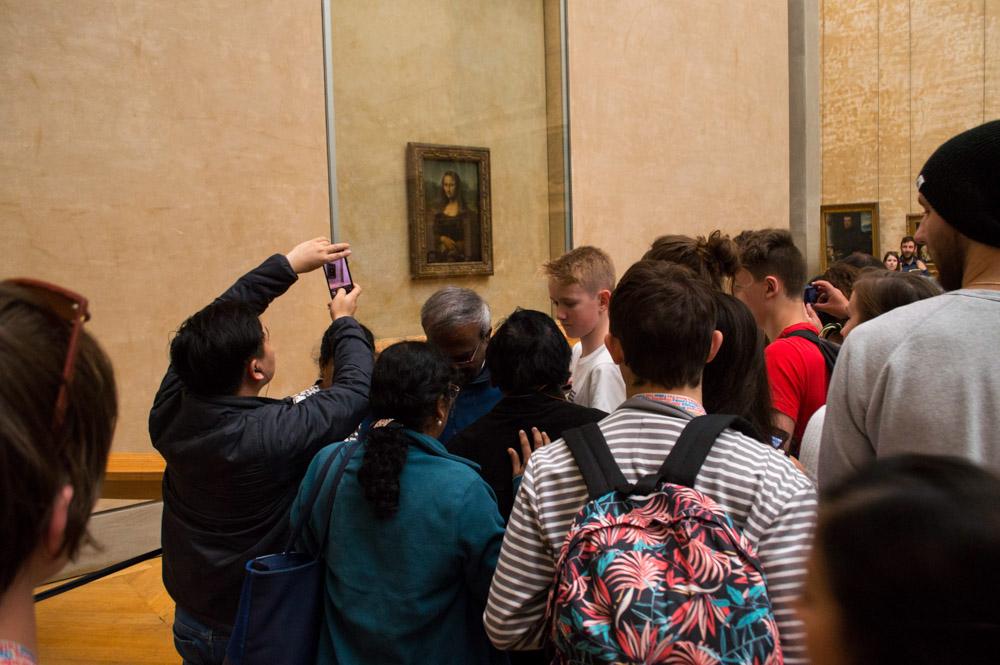
More people visited the blank space on the wall where the Mona Lisa HAD sat than ever came prior to her theft. A fascination arose around the painting; “Why was she stolen?” “What makes her so special?” The fact there was no immediately clear answer to those questions created a world wide fascination for the painting that has continued ever since. Now, just getting into the room is like trying to swim upstream. The reward? A little canvas against the back wall. She has earned a reputation for disappointing tourists, yet, even knowing that, I simply had to make my way into the hellishly crowded room. I couldn’t say I’d been to the Louvre and hadn’t, could I?
The rest of the museum was much less chaotic. Step off the Mona Lisa route and the place could feel almost empty. My favorite sections, for both their serenity and the exhibits there, were the Islamic and Near Eastern galleries. Everything has such a distinct identity from the predominately classical era works that filled the rest of the facility.
Our tour of Paris’ heart concluded outside the Cathedral of Notre Dame. It is an impressive, but rather austere on the outside. Its chaotic facade and blocky towers are not perfectly symmetrical, creating a sense of disorder. This was intentional, for when Notre Dame was built it was thought to be an insult to God to try and create something perfect. Flaws were intentionally added, as if to say “We know we can never be as great as you, Lord.”
What the exterior lacks in grace, the interior more than makes up for. The dim light filtering in through massive and ornately decorated stained-glass windows is hardly sufficient to illuminate the colonnades, but just right to create a sense of divine mystery. (Wandering beneath its grand arches while Mass was in session only added to the atmosphere.) I wish I could have captured the entire space, unfortunately, it is forbidden to bring in tripods and my camera could not capture anything in such low-light without a long-exposure.
Our first day had been a magical one. Yet, things only got better as time passed, almost everyday of EuroTour better than the last. We returned to the hotel to sleep and the next day headed to one of the most romantic places in the world, Monmartre.
Signed,
Andrew
